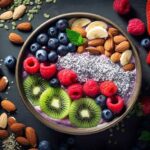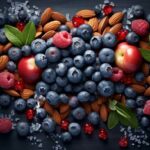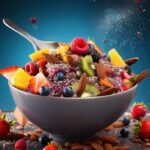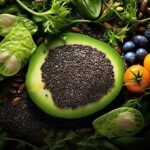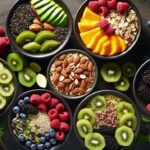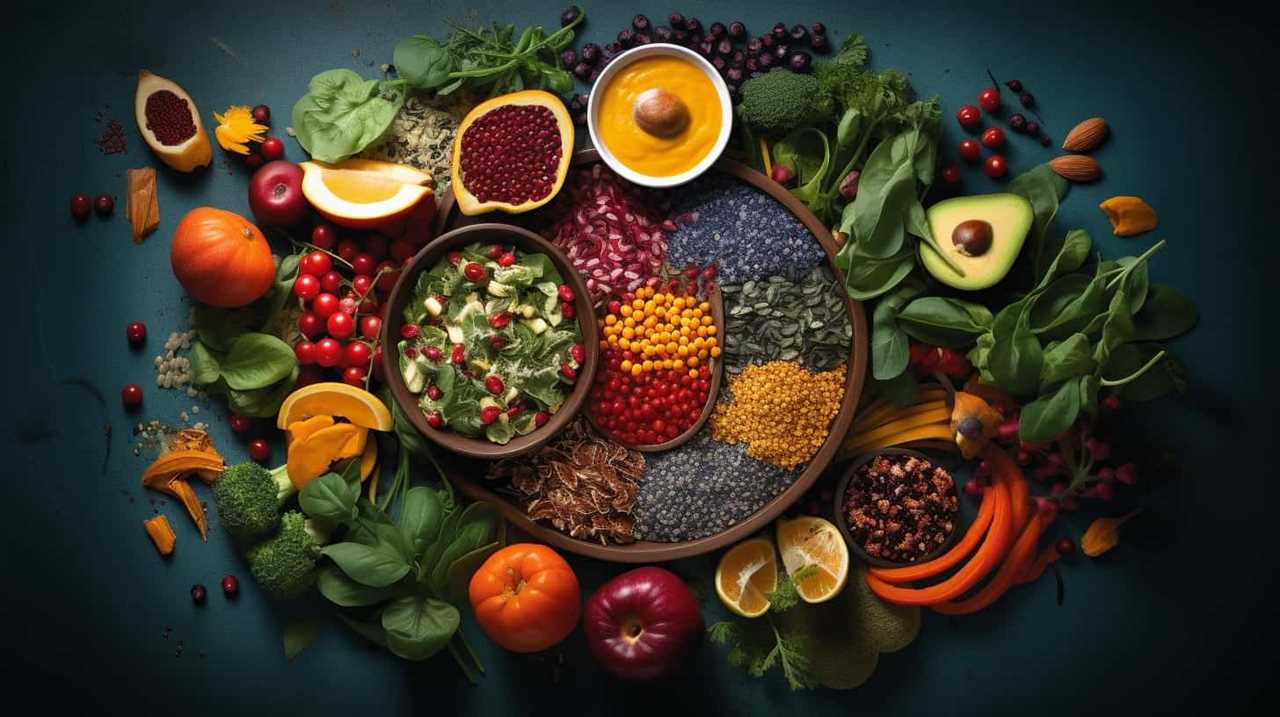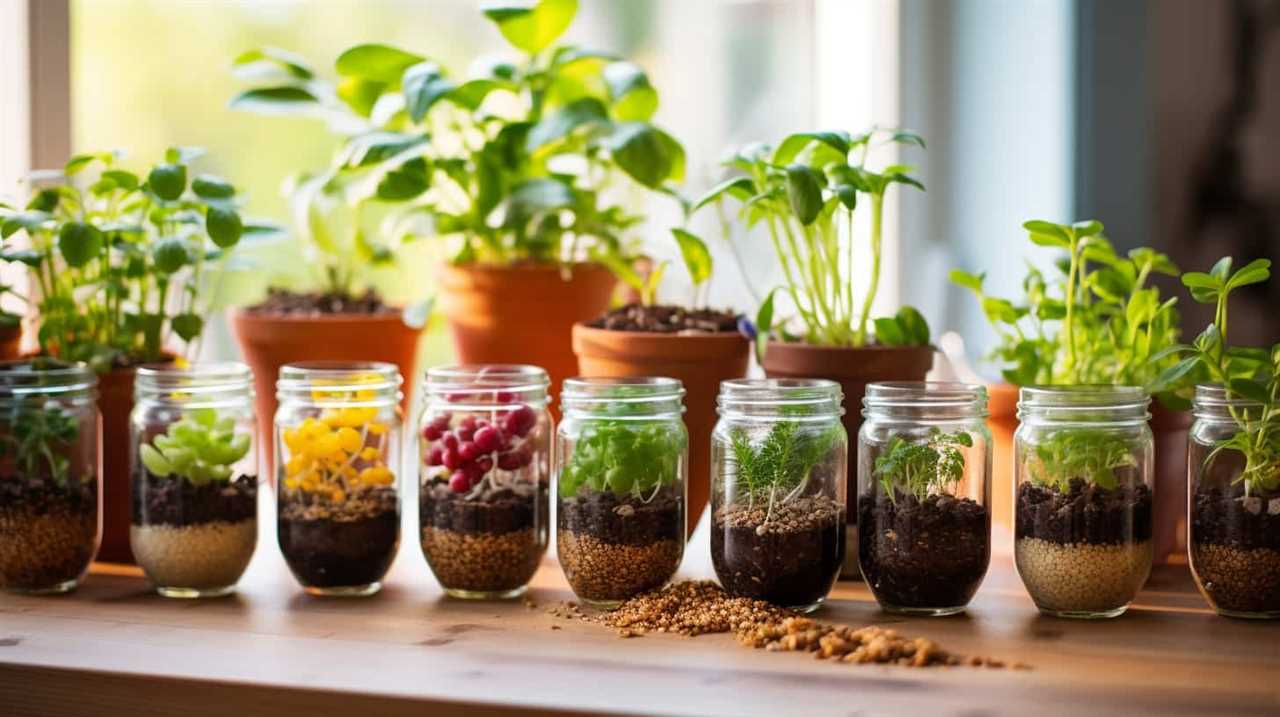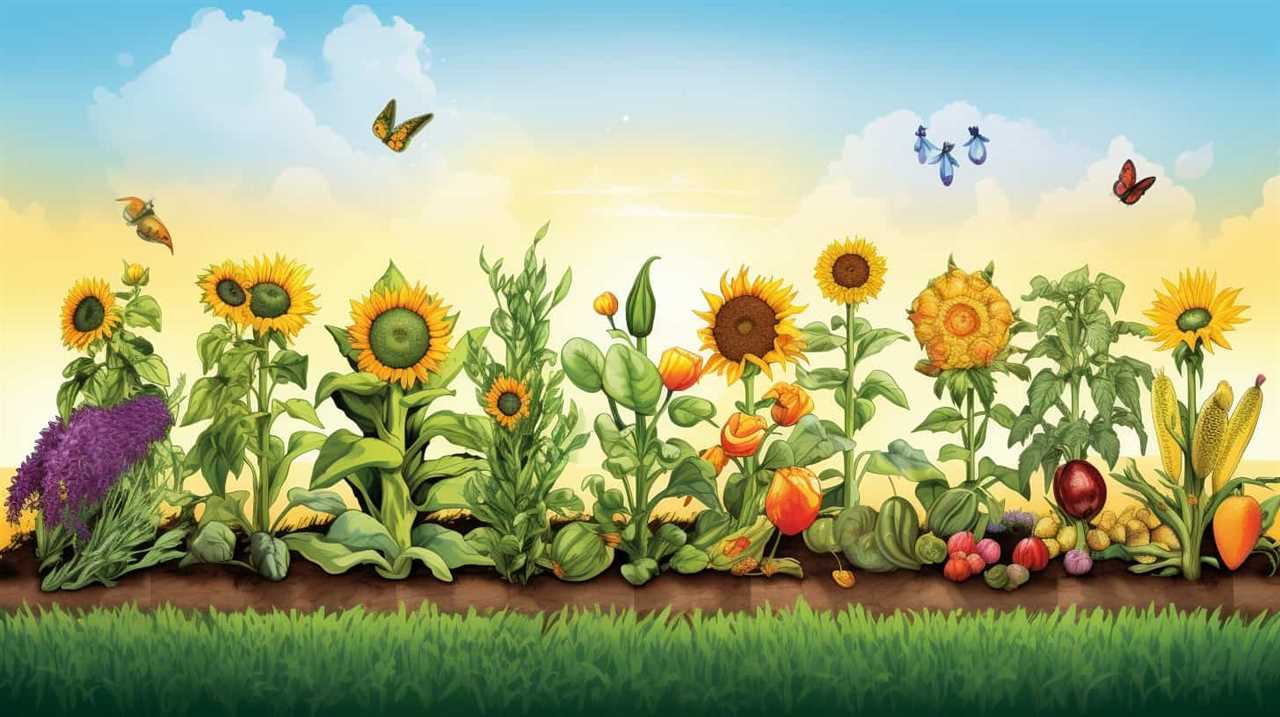Ladies and gentlemen, we are on the verge of a revolution focused on chia seeds. Our agricultural industry is evolving, embracing new methods that will break free from traditional constraints.
Through soil adaptation, water conservation, precision agriculture, crop rotation, and integrated pest management, we are revolutionizing chia seed production.
Picture a future where bountiful harvests are achieved through sustainable practices, where the Earth’s resources are cherished and preserved.
Together, we can redefine the way we cultivate chia seeds, paving the way for a brighter and more sustainable tomorrow.
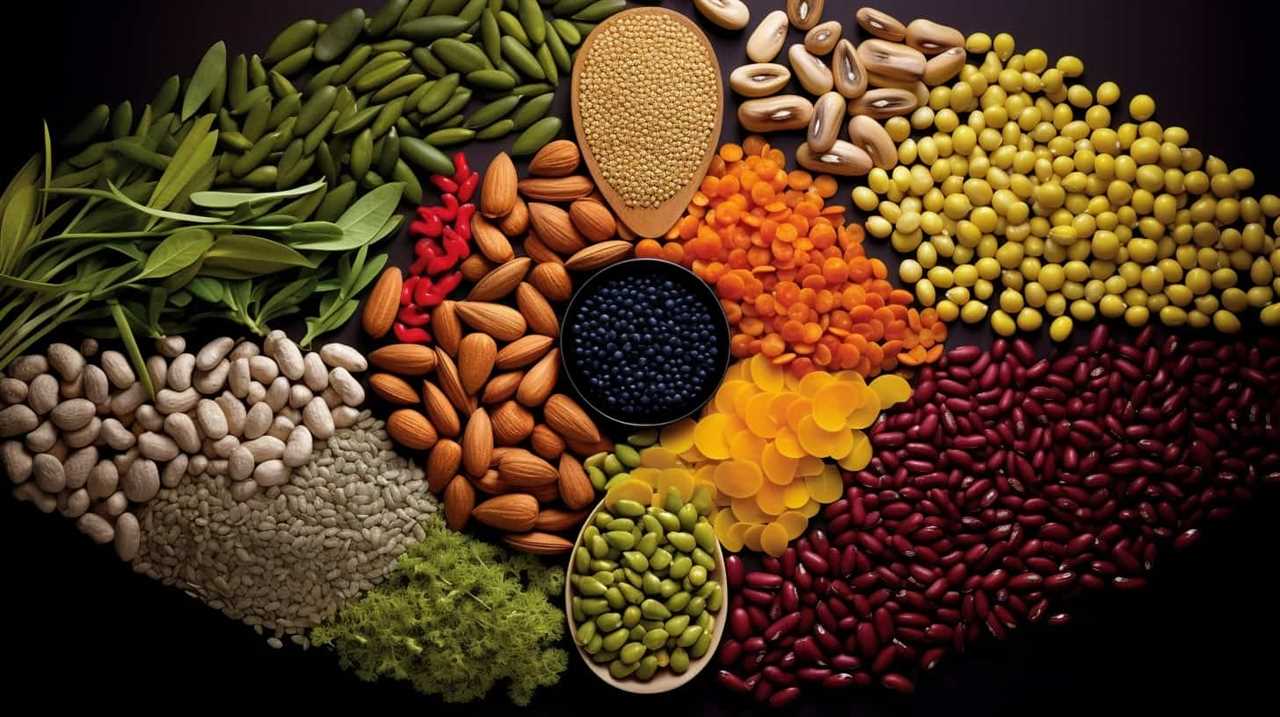
Key Takeaways
- Innovative farming techniques optimize soil fertility for chia seed production.
- Precision agriculture maximizes yield and reduces costs.
- Crop rotation and integrated pest management promote sustainable and environmentally friendly agriculture.
- Integrated pest management ensures long-term viability of chia seed crops and reduces chemical exposure.
Soil Adaptation
We have successfully adapted the soil for chia seed production using innovative farming techniques. Through meticulous research and experimentation, we’ve optimized soil fertility to enhance nutrient absorption, resulting in higher yields and superior quality chia seeds.
Our approach focuses on the careful management of soil properties, such as pH levels, organic matter content, and nutrient availability. By maintaining an optimal pH range of 6.5 to 7.5, we ensure that the soil provides an ideal environment for chia plants to absorb essential nutrients efficiently. Additionally, we’ve implemented sustainable practices to improve soil structure and water retention, promoting root development and nutrient uptake.
As a result, our chia plants thrive in nutrient-rich soil, maximizing their growth potential and yielding chia seeds that are packed with essential nutrients for our health-conscious consumers.
Water Conservation
How can we effectively conserve water in our innovative farming techniques for chia seed production?
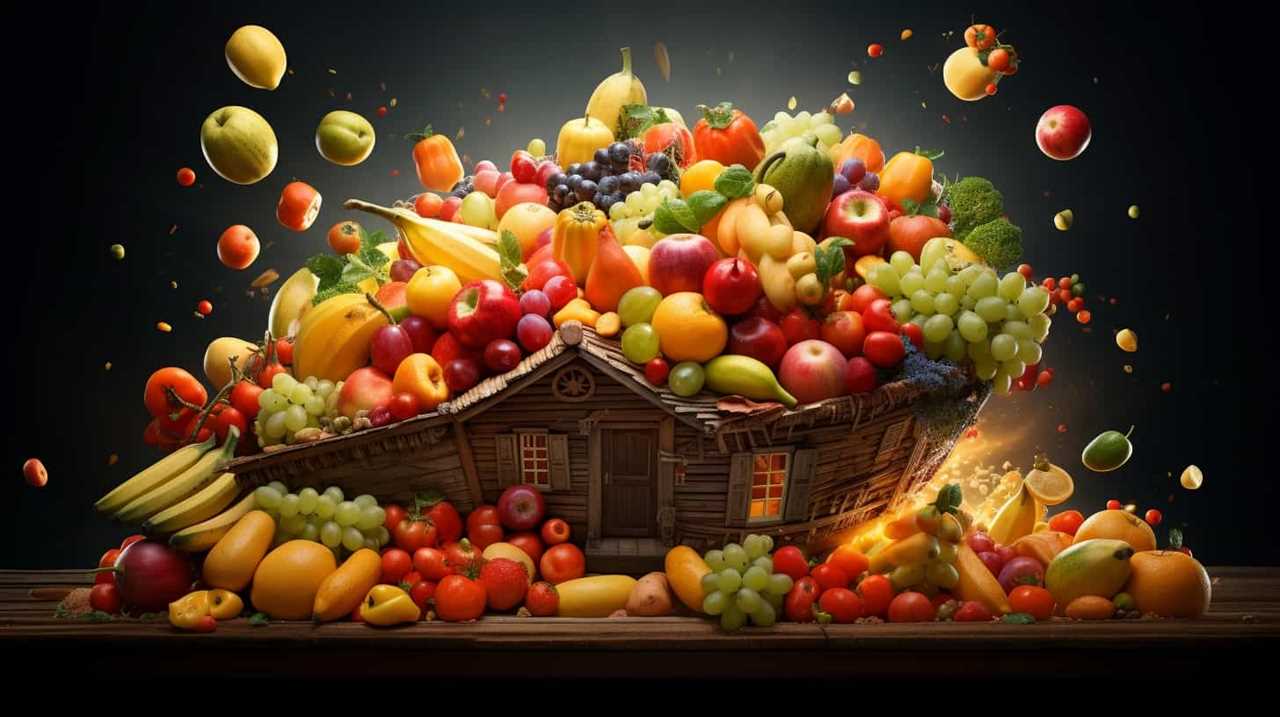
Water conservation is crucial for sustainable agriculture and reducing our environmental impact. To achieve this, we can implement the following techniques:
- Drip irrigation: This method delivers water directly to the plant’s roots, minimizing evaporation and maximizing water efficiency.
- Rainwater harvesting: Collecting and storing rainwater can provide a reliable water source during dry periods, reducing reliance on groundwater or municipal supplies.
- Soil moisture monitoring: Using sensors to measure soil moisture levels helps optimize irrigation schedules, preventing overwatering and water waste.
- Mulching: Applying a layer of organic material on the soil surface helps retain moisture, reducing evaporation and the need for additional irrigation.
- Crop rotation and cover crops: These practices improve soil health and water retention, reducing irrigation needs.
By implementing these water conservation techniques, we can ensure efficient water use in chia seed production, contributing to a more sustainable and environmentally friendly farming system.
Transitioning to the next section, precision agriculture allows us to optimize resource management and increase crop productivity.
Precision Agriculture
One of the key components of our innovative farming techniques for chia seed production is the utilization of advanced technology.
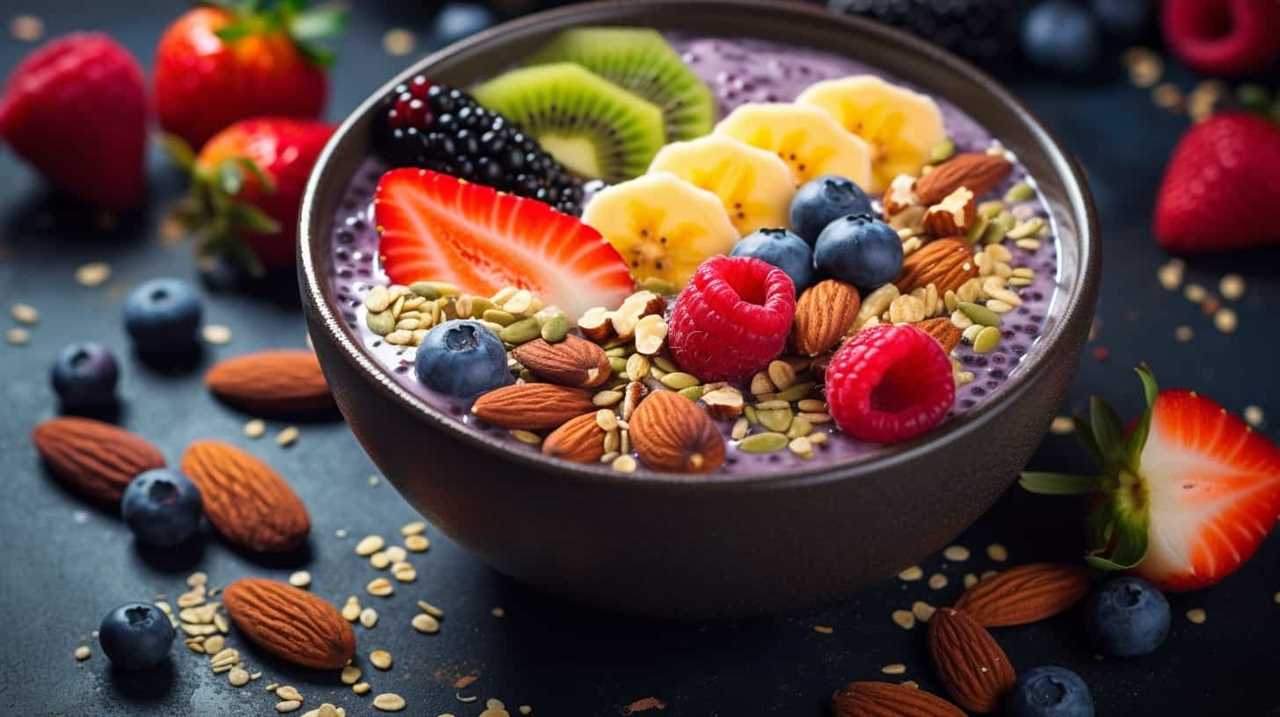
Precision agriculture plays a crucial role in optimizing our farming practices. With the help of data analytics and remote sensing, we gather valuable information about our crops and make informed decisions to maximize yield and minimize resource wastage.
Data analytics allows us to analyze vast amounts of data collected from various sources, such as soil sensors and weather stations. By studying this data, we can identify patterns and trends, enabling us to make precise adjustments to our farming practices. This helps us optimize the use of resources like water, fertilizers, and pesticides, reducing costs and environmental impact.
Remote sensing technology, such as satellite imagery and drones, provides us with real-time information about crop health, soil moisture levels, and pest infestations. This allows us to detect issues early on and take immediate action, preventing crop loss and increasing overall productivity.
Crop Rotation
To optimize chia seed production and enhance the health of our crops, implementing crop rotation is a vital practice in our innovative farming techniques. Crop rotation involves the systematic sequencing of different crops in a specific area over a period of time. This technique offers several benefits, including:

- Compost enrichment: By rotating crops, we can strategically incorporate compost into the soil, replenishing nutrients and improving soil structure.
- Nutrient cycling: Different crops have varying nutrient requirements. By rotating crops, we can prevent the depletion of specific nutrients and ensure a balanced nutrient cycling system.
- Disease and pest control: Crop rotation disrupts the life cycles of pests and diseases, reducing their buildup over time.
- Weed suppression: Continuous cultivation of the same crop can lead to weed problems. Crop rotation helps to break the weed cycle and minimize weed pressure.
- Soil health improvement: Crop rotation promotes a diverse microbial community, which enhances soil fertility, structure, and overall health.
By incorporating crop rotation into our farming practices, we can achieve optimal chia seed production while promoting sustainable and environmentally friendly agriculture.
This lays the foundation for our next topic: integrated pest management.
Integrated Pest Management
We prioritize utilizing integrated pest management techniques to effectively control pests and ensure the health of our chia seed crops.
Integrated pest management (IPM) is an eco-friendly approach that combines various strategies to manage pest populations while minimizing environmental impact.
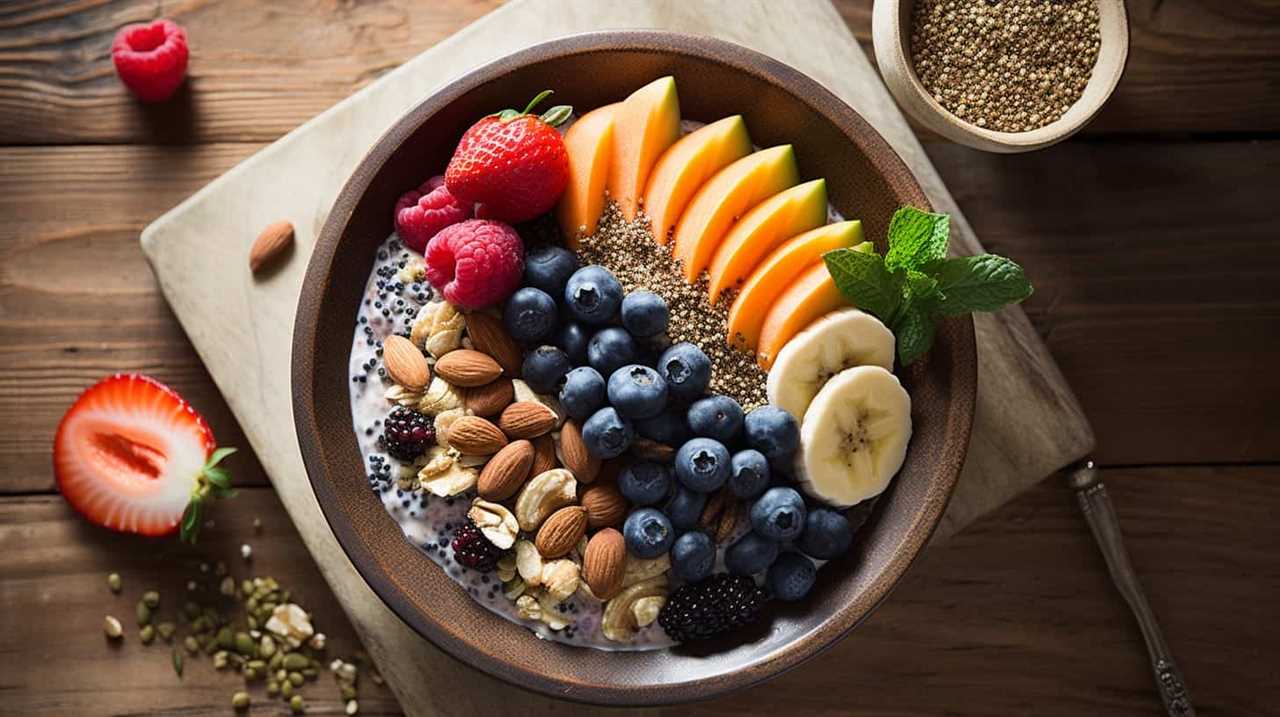
Our sustainable farming practices focus on the principles of IPM, which include biological control methods. Instead of relying solely on chemical pesticides, we employ natural predators, parasites, and pathogens to control pest populations.
This approach not only reduces the use of harmful chemicals but also promotes biodiversity and ecosystem balance.
By implementing IPM, we’ve observed significant reductions in pest damage and increased crop productivity.
Our commitment to sustainable farming practices ensures the long-term health and viability of our chia seed crops, while also protecting the environment.
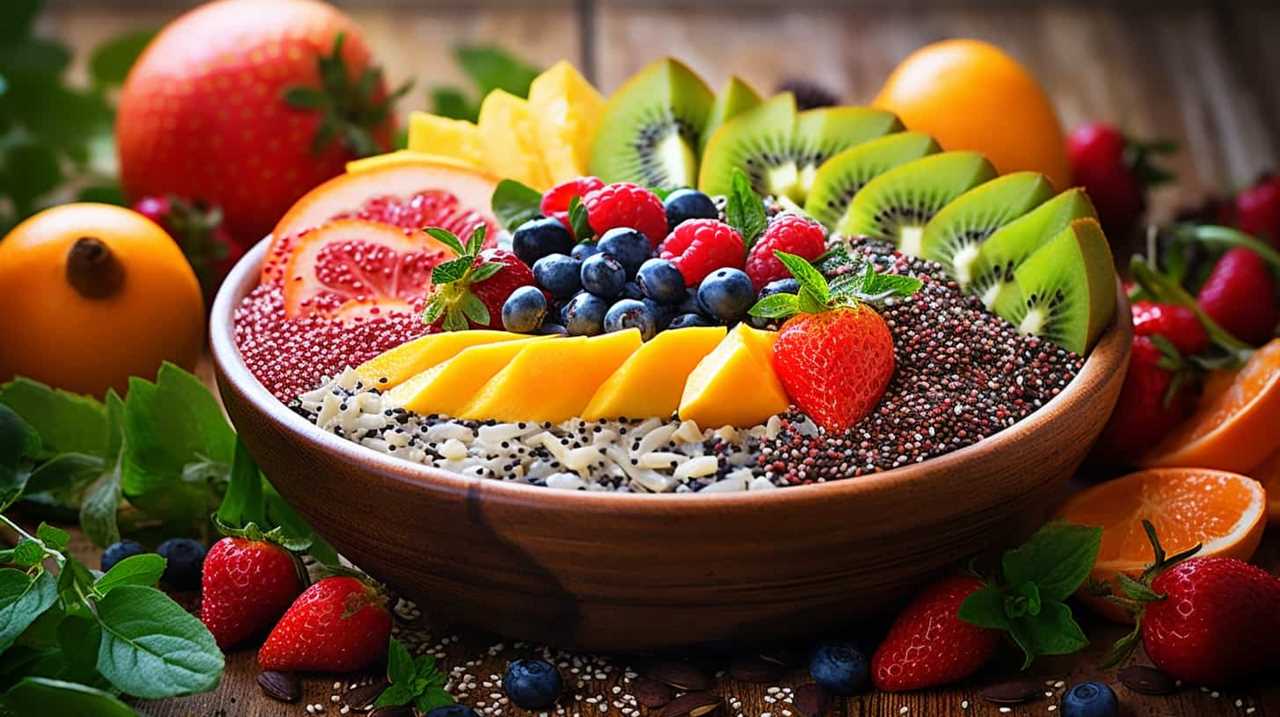
Conclusion
In conclusion, our innovative farming techniques have revolutionized chia seed production. By adapting to different soil conditions, conserving water, implementing precision agriculture, practicing crop rotation, and employing integrated pest management, we’ve achieved remarkable results.
Our data-driven approach has led to increased yields and improved sustainability. With these advancements, we’ve truly turned the tide in chia seed farming, leaving no stone unturned in our quest for excellence.
As the saying goes, ‘A stitch in time saves nine,’ and we firmly believe that our efforts now will reap bountiful rewards in the future.



